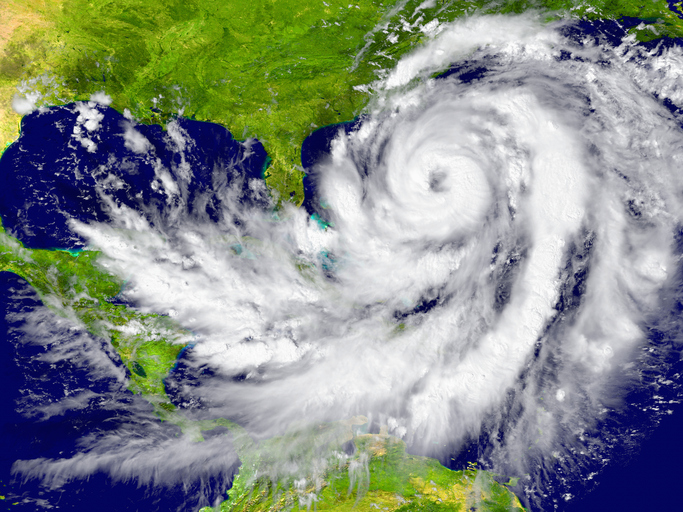A new stress test by the rating agency highlighted the potential for significant volatility in earnings and capital due to the influence of climate change on the frequency and intensity of extreme weather, and therefore insured losses.
Its empirical scenario suggests a $150 billion insured industry loss at a one-in-10-year return period while, but it’s thought the industry is modelling this size of loss to be much less likely at return periods of between one-in-20 and one-in-30 years.
The scenario’s results point to a material increase in the amount of capital re/insurers may need to hold for their catastrophe exposures, possibly around $21.7 billion in aggregate for the industry.
In addition, the modelled exposure to a one-in-10-year event for the industry would increase by at least $7.4 billion in aggregate.
71% percent of reinsurers responding to an S&P survey said they considered climate change in their pricing assumptions, but only 35% included a specific component of the price allocated to climate change.
The market is regarded as being insulated to some extent thanks to its ability to annually reprice most property policies, but analysts warn that reinsurers should not rely too heavily on this solution, as rates have not historically moved to the extent needed to account for future climate-driven losses.
“Unmodelled risks and the inherent difficulties in attributing extreme events to climate change create the risk that climate change may not be fully reflected in reinsurers’ catastrophe modelling, particularly in the short term,” said Dennis P. Sugrue, S&P Global Ratings credit analyst.
“We believe that those companies that take a more proactive approach to understanding and adapting their exposure to climate risk will be better protected against future capital and earning volatility linked to climate-related losses.”
S&P considers exposure to the physical risks of climate change to be a key factor in our ratings on 19 of the top 21 rated reinsurers primarily through its risk exposure assessments.
The rating agency maintains that those companies that take a more proactive approach to understanding and adapting their exposure to climate risk will be better protected against future capital and earnings volatility linked to climate-related losses.













